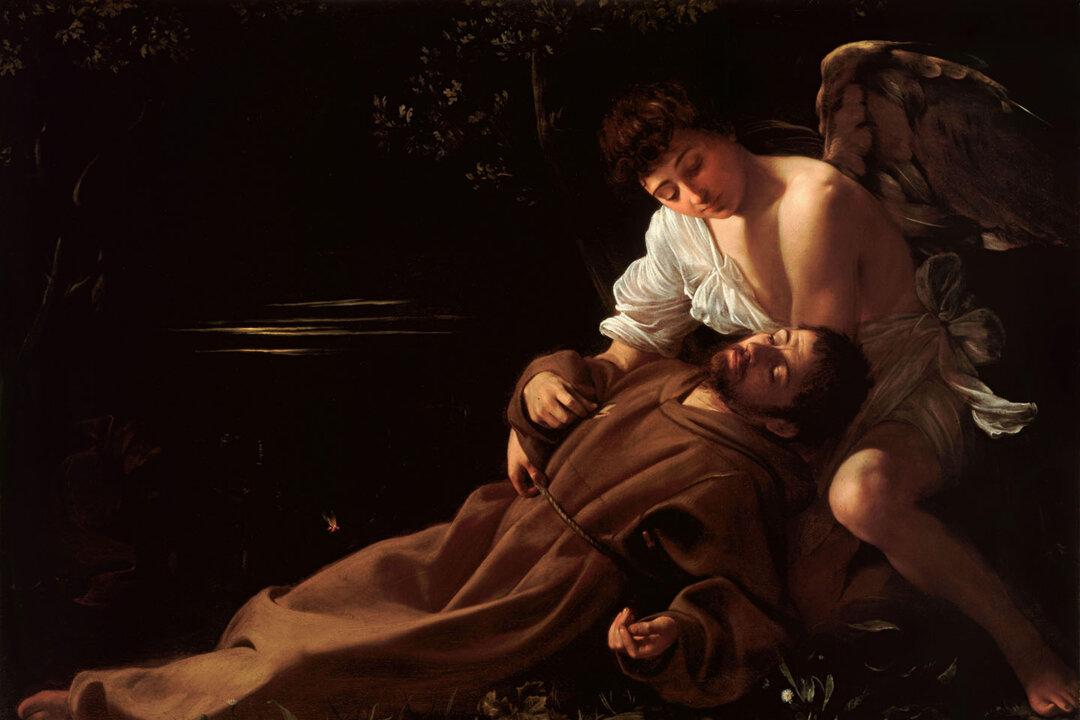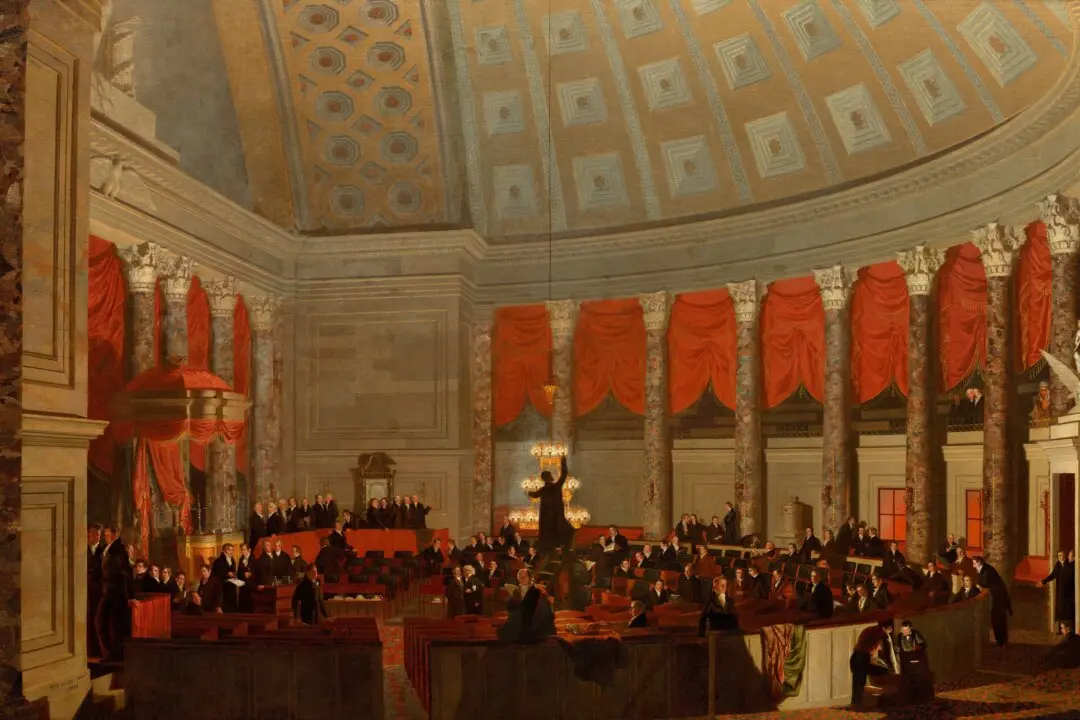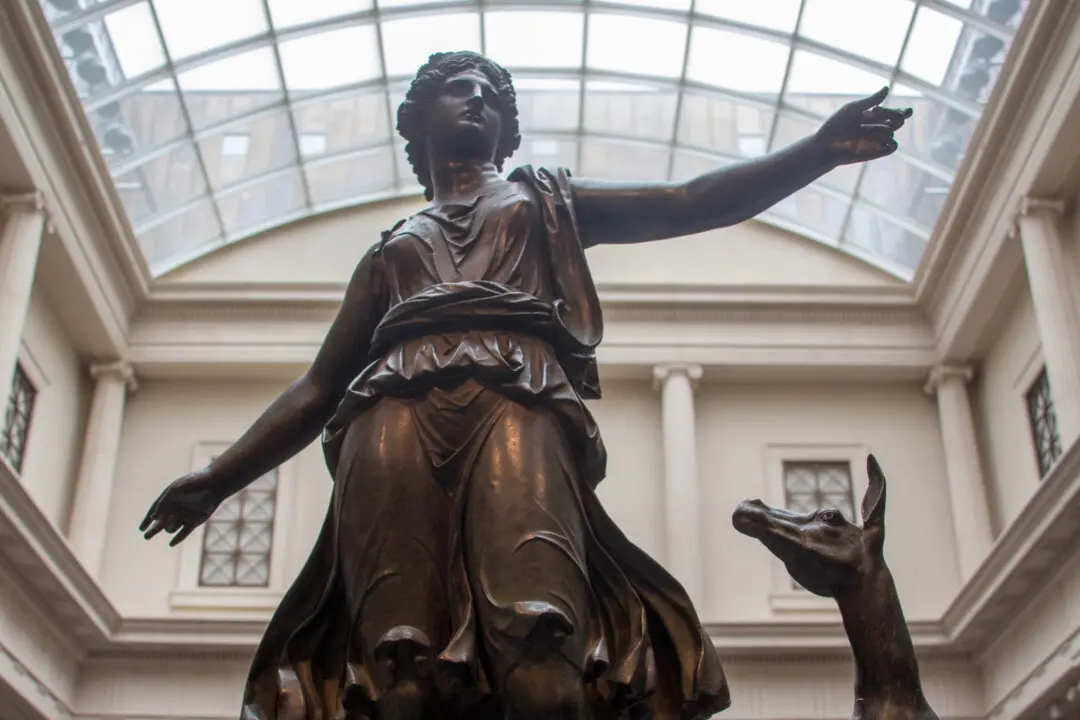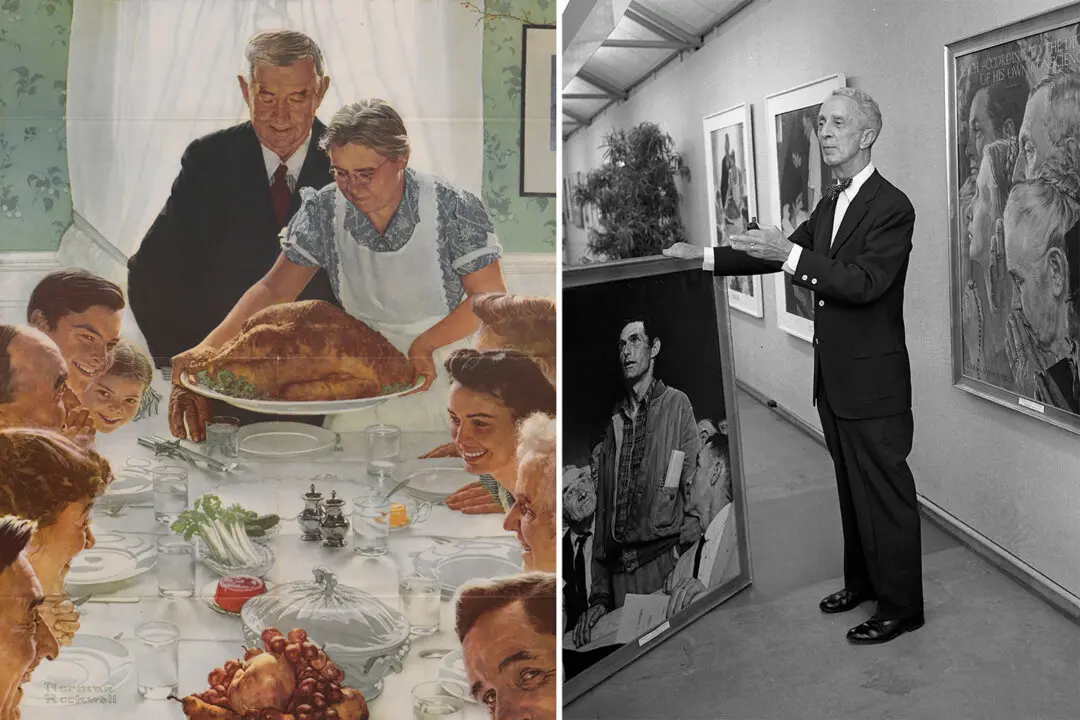Artists throughout the centuries have been inspired by St. Francis of Assisi. An early masterpiece by one of these artists, Michelangelo Merisi da Caravaggio, is “Saint Francis of Assisi in Ecstasy,” held in the collection of the Wadsworth Atheneum Museum of Art in Connecticut. This is the artist’s first known religious canvas and one of the most important Baroque paintings in an American museum collection. It showcases Caravaggio’s extraordinary style and technique: the theatrical use of light, naturalistic depictions of people and objects, and psychological narratives.
The painting is currently on view in a special exhibition at The National Gallery in London featuring a wide range of artworks to explore the life and legacy of the 13th-century Christian saint. The exhibition exalts St. Francis’s longstanding significance as patron saint of animals and nature, as well as his commitment to the poor.





